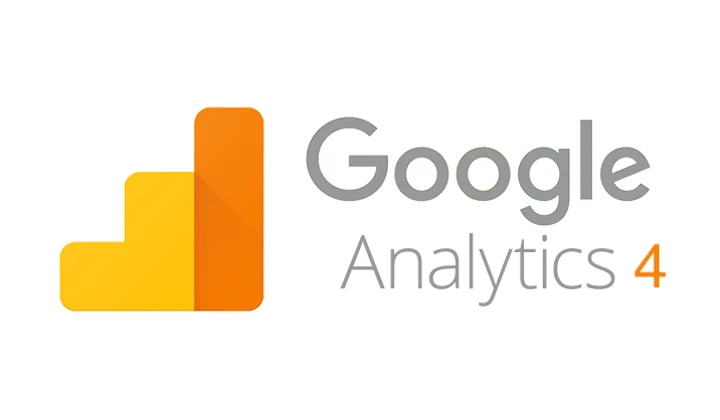Let’s Understand What Are Broken Links? Their impact on SEO, and How Google Treats Them?
Broken links, often referred to as dead links, are a prevalent issue encountered across websites. These troublesome links point to web pages that no longer exist, resulting in error messages or frustrating dead ends for visitors. The causes behind broken links are multifaceted, encompassing scenarios where a page may have been relocated, deleted, or its URL modified.
Let’s delve into how these broken links make their presence felt and why addressing them is imperative for the health of your website’s SEO.
–These Broken Links can Frustrate Visitors:
When a visitor clicks on a broken link, they will be taken to a 404 error page. – the unmistakable sign of a broken link. Frustration sets in. The visitor’s journey is abruptly interrupted, and the odds of them departing from your website rise significantly. This unfavorable user experience can tarnish your website’s reputation and deter potential customers or readers.
–These Broken Links can Hurt Your Website’s Crawl Rate:
Search engines use crawlers to index your website. If your website has a lot of broken links, it will take crawlers longer to index your website. This can hurt your website’s ranking in search results.
–These Broken Links canWaste Link Equity:
When a page on your website links to another page on your website, it passes link equity to the linked page. Broken internal links can waste link equity, as the link equity will not be passed to a page that doesn’t exist.
However, broken internal links disrupt this flow. When a functional page links to a broken or non-existent page, the link equity that should flow remains stagnant. The link equity, which could have bolstered the ranking potential of other pages, is wasted on the void of a broken link.
Understanding the Causes of Broken Links
In the intricate tapestry of the internet, links are the threads that connect information and ideas. They guide us seamlessly from one web page to another, providing a bridge to a world of knowledge. Yet, in this vast digital expanse, there exists a common hiccup known as “broken links.” These seemingly harmless errors can disrupt the user experience and leave a trail of frustration in their wake. Let’s embark on a journey to uncover the mysteries behind broken links and explore the myriad reasons that cause these digital roadblocks.
1.Human Error
In the realm of web development, even the most seasoned professionals can fall prey to the occasional typo or slip of the keyboard. Human error ranks among the top culprits behind broken links. When crafting or modifying links, it’s remarkably easy to transpose a character or input the wrong URL, unwittingly sending visitors on a one-way journey to a digital dead-end.
2.Page Renames or Moves
In the dynamic landscape of web content, pages undergo changes – they are renamed, restructured, or relocated. When such alterations occur, any previously functional links leading to these pages are rendered obsolete. This often happens when websites undergo reorganization, leaving behind a trail of broken internal links.
3.Deleted Pages
Just as pages can be reshaped, they can also disappear from websites. When a page is deleted, any links that once directed visitors to that page become void. This can be particularly troublesome if you’re not diligent in removing or updating these orphaned links.
4.Changes to External Websites
Sometimes, the fate of your links lies in the hands of external websites. If a site you’ve linked to decides to change its URL structure or, worse yet, removes the very page you’re referencing, your link becomes a bridge to nowhere. This is a common cause of broken external links and is largely beyond your control.
5.Website Outages
Occasionally, the issue doesn’t lie with the links themselves but with the websites they’re pointing to. When the destination site experiences an outage or downtime, your links may temporarily break. Fortunately, this is usually a transient hiccup, and once the website is back online, your links should resume their normal function.
Broken links can be more than just an annoyance; they can also negatively impact your website’s SEO. These digital dead ends can deter visitors and affect your site’s credibility. Therefore, it’s crucial to routinely audit your website for broken links and address them promptly.
Preventing Broken Links: A Proactive Approach
Fortunately, there are steps you can take to reduce the occurrence of broken links:
- Utilize a Content Management System (CMS): CMS platforms can help you maintain up-to-date links. When pages are moved or deleted within a CMS, it automatically updates links to reflect these changes.
- Employ a Link Checker: Regularly run a link checker on your website to identify and rectify any broken links.
- Exercise Caution with Page Changes: When relocating or deleting pages, ensure you also update any links pointing to them.
By following these practices, you can fortify your website against the scourge of broken links and ensure a smoother online experience for your visitors. Remember, in the digital realm, every link forms a critical bridge between knowledge and curiosity – make sure they all lead to their intended destinations.
Here are some Top 3 Broken Link Checker Tools where you can for free.

Source Image – ahrefs.com
To check broken links on the Ahrefs Broken Link Checker, follow these steps:
- Go to https://ahrefs.com/broken-link-checker and enter the URL of the website you want to check in the search bar.
- Click on the “Check” button.
- Ahrefs will crawl the website and identify any broken links.
- The broken links will be listed in the table under the “Broken links” heading.
To filter the broken links by their HTTP status code, click on the “Filter” button and select the appropriate status code. For example, to filter the broken links by their 404 status code, select the “404” option.
To export the list of broken links, click on the “Export” button and select the appropriate format. For example, to export the list of broken links as a CSV file, select the “CSV” option.
Here are some additional tips for using the Ahrefs Broken Link Checker:
- You can check broken links for a specific page on the website by entering the page’s URL in the search bar and clicking on “Check.”
- You can also check broken links for your competitors’ websites by entering their website’s URL in the search bar and clicking on “Check.”
- The Ahrefs Broken Link Checker offers a free version, but it has some limitations. For example, the free version only allows you to check 100 pages per day. If you need to check more pages, you can upgrade to a paid subscription.
You can easily check broken links on any website and fix them to improve the website’s user experience and SEO.
Additional tips for checking broken links:
- Use a variety of broken link checkers. There are many different broken link checkers available, each with its own strengths and weaknesses. Using multiple broken link checkers can help you to identify all of the broken links on your website.
- Check your website regularly. Broken links can happen at any time, so it’s important to check your website regularly for broken links.
- Fix broken links as soon as possible. Once you’ve identified a broken link, fix it as soon as possible. This will improve your website’s user experience and SEO.
By following these tips, you can help to keep your website free of broken links.

Source Image – deadlinkchecker.com
Similar Process – To check broken links on Dead Link Checker, follow these steps:
- Go to https://www.deadlinkchecker.com/ and enter the URL of the website you want to check in the search bar.
- Click on the “Check” button.
- Dead Link Checker will crawl the website and identify any broken links.
- The broken links will be listed in the table under the “Broken links” heading.

Source Image: brokenlinkcheck.com
- Visit brokenlinkcheck.com: Go to the website.
- Enter Your Website URL: Type your website’s address.
- Start the Scan: Click “Start Scan.”
- Review the Report: Check for broken links.
- Fix Broken Links: Update or remove them.
- Regular Checks: Periodically scan your site for issues.
If you suspect any kind of BROKEN LINKS on your website’s and unable to resolve it, contact us for a free consultation without hesitation.






